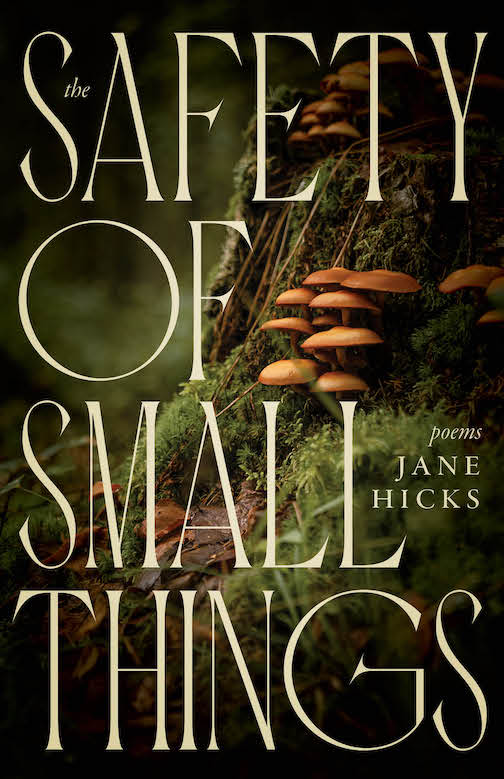Us Just Killing Ourselves
Robert Gipe’s Weedeater portrays a coal town overrun with opioids
In the opening pages of Weedeater, the tough-as-nails teenager who came of age in Robert Gipe’s celebrated first novel, Trampoline, has moved to Tennessee. It’s 2004, six years after the events of the first book, and twenty-two-year-old Dawn Jewell is now the married mother of a precocious four-year-old. Although Dawn and her husband live in a quiet trailer park outside Kingsport, where she works in a copy shop, her family of origin continually pulls her back to Canard County, Kentucky.
 Dawn sees Tennessee as a refuge, a place where the morning sun “comes burning through gaps of the trees in a way it never would in a holler at home.” Home is a dysfunctional place, but Dawn misses it anyway. She misses her mother, an OxyContin addict suspected of informing on her dealer, who may have hired a hit man to kill her. She misses Mamaw, the matriarch who raised her during the many times her mother was absent. She misses her grandfather, a music lover who has been moved to a high-rise apartment in town. She even misses her arch-enemy, Belinda Coates.
Dawn sees Tennessee as a refuge, a place where the morning sun “comes burning through gaps of the trees in a way it never would in a holler at home.” Home is a dysfunctional place, but Dawn misses it anyway. She misses her mother, an OxyContin addict suspected of informing on her dealer, who may have hired a hit man to kill her. She misses Mamaw, the matriarch who raised her during the many times her mother was absent. She misses her grandfather, a music lover who has been moved to a high-rise apartment in town. She even misses her arch-enemy, Belinda Coates.
Dawn’s family is central to Weedeater, but Dawn is not its sole narrator. The voice that opens the book belongs to a lawn-care worker named Gene. Dawn dubs him “Weedeater” because he tells too many stories about the device. So much talk is unusual for Gene, but he’s completely smitten with Dawn’s aunt, June, and tries (mostly without success) to speak with her throughout the book.
In Trampoline, Dawn thinks of June as a “beautiful bird,” unlike the rest of the family. June is educated, has a nice house, enjoys a complicated romantic life, and teaches art courses at the community college. In Weedeater, June takes on the virtually impossible task of trying to rescue Dawn’s mother from addiction and murderous criminals. She does this while working on a grant to erect a Hollywood-style sign on a slope above Canard that reads “Coal Country,” in time for an upcoming visit from President George W. Bush.
 Gipe has long produced theatrical productions related to life in Appalachia, and his characters often speak in dramatic monologue. When his prose is coupled with his cartoon-like drawings in which the characters tend to stare directly at the reader, the effect is similar to watching a documentary film. The focus shifts between unfolding action and direct addresses that function like on-camera interviews. This strategy imbues his work with a kind of realism that is not quite traditional fiction and not quite a graphic novel but engrossing nonetheless. His characters come across as absolutely real, simultaneously funny and heartbreaking.
Gipe has long produced theatrical productions related to life in Appalachia, and his characters often speak in dramatic monologue. When his prose is coupled with his cartoon-like drawings in which the characters tend to stare directly at the reader, the effect is similar to watching a documentary film. The focus shifts between unfolding action and direct addresses that function like on-camera interviews. This strategy imbues his work with a kind of realism that is not quite traditional fiction and not quite a graphic novel but engrossing nonetheless. His characters come across as absolutely real, simultaneously funny and heartbreaking.
As in Trampoline, the drawings of Dawn and the pithy one-liners that accompany them are particularly effective. Her T-shirt lettering changes from panel to panel, offering ironic commentary that adds to the documentary feel. As family events weigh on Dawn, her clothing becomes subtly more sophisticated, more adult.
With the added narration from Gene, what was noticeable in Trampoline becomes more pointed in Weedeater: the drawn characters verge toward gender-neutral. One of Dawn’s classmates thought she was a boy in high school, and Gene’s skinny neck and upswept hair give him the appearance of an elderly woman. But this rendering isn’t meant to suggest gender nonconformity; instead, it’s Gipe’s way of reinforcing the physical toll their environment exacts on the bodies of his characters.
“I was curvy,” Dawn says to the reader, sitting in a bathtub in a panel that would be suitable for broadcast television. “I liked my curves.” Such candid asides will have readers cheering for her in the difficult events that unfold in Weedeater. And a third narrator, introduced on the final page, gives readers hope that this delightful series will go on and on.

Michael Ray Taylor chairs the communication and theatre arts department at Henderson State University in Arkadelphia, Arkansas. He is currently writing a book about Tennessee caves and cavers.


